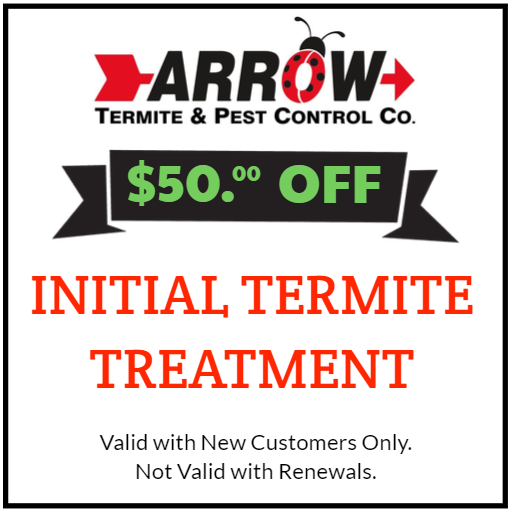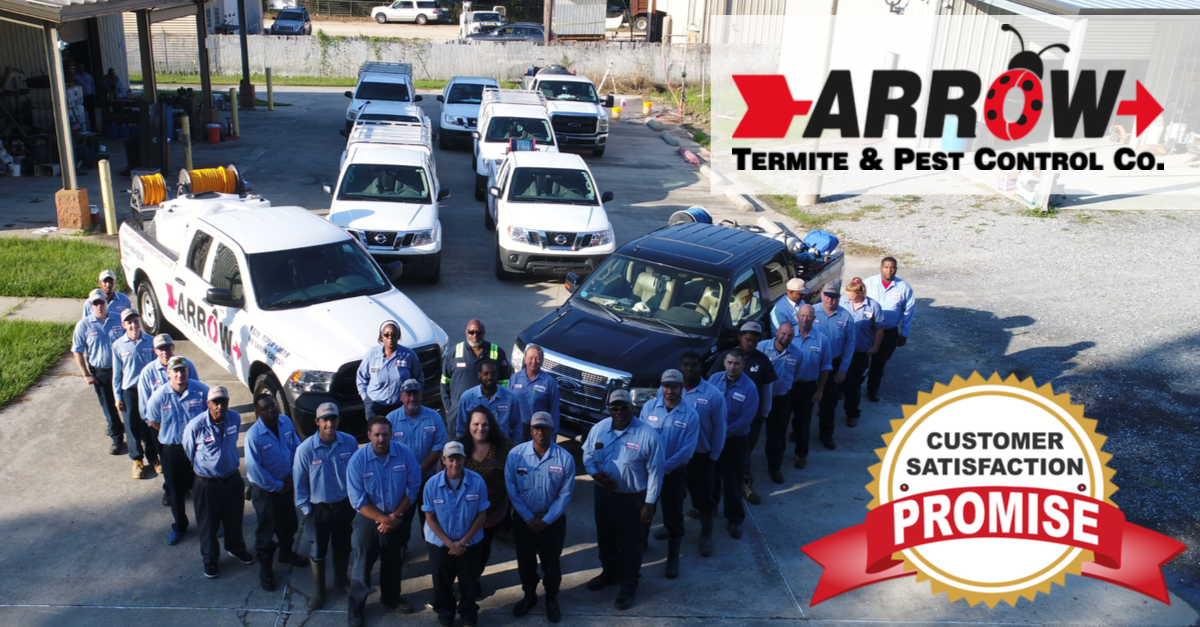Not much is more exciting than purchasing a home, and to ensure the process goes smoothly, certain steps must be taken. Aside from any cosmetic updates you may want to make to your new residence, it’s important to also account for any problems that may not be visible to the naked eye. One such problem is a termite infestation. This is why a new home pest and termite inspection is so important.
Termite Control Wood Destroying Insect Report
Termites, commonly referred to as “silent destroyers” for their ability to voraciously chew through wood, flooring and even wallpaper undetected, cause more than $5 billion in property damage each year, which is typically not covered by homeowners’ insurance. Before signing on the dotted line, prospective buyers should always request a termite inspection, commonly referred to as a wood destroying insect report (WDIR), by a licensed pest control professional to avoid getting stuck with costly repairs after the deal is done. Watch this video below to learn more about what a WDIR inspection entails and how you can go about scheduling one for your buying or selling needs.
While a standard home inspection assesses the physical structure of a home from the roof to foundation, a termite new home inspection focuses on detecting the telltale signs of termite damage, as well as conditions conducive to infestations, such as cracks, crevices and moisture. Once completed, the pest control professional will issue a new home pest control report and recommend a course of action for repairs or actions addresses your condusive conditions. When touring a new home, experts recommend keeping an eye out for the following signs that could mean a termite infestation is hiding in plain sight:
- Mud tubes (used by termites to reach a food source) on the exterior of the home
- Soft wood in the home that sounds hollow when tapped
- Discarded wings near doors or on windowsills indicating swarmers have entered the home
- Darkening or blistering of wood structures
- Small piles of feces that resemble sawdust near a termite nest
While the above are signs of an active termite infestation, it’s important that prospective homebuyers are also aware of situations that could be attracting termites to the home. When touring a property, here are some additional things to keep an eye out for, and how to mitigate their effects should you move forward with purchasing:
Firewood
Many homeowners keep firewood stacked against their home for easy access. However, this can actually draw termites toward the home and provide a point of entry and an easy food source.
- Tip: Keep firewood and woodpiles at least 20 feet away from the home and store wood on raised platforms at least 5 inches from the ground.
Clean Gutters
Termites are attracted to moisture, and clogged gutters can cause water to pool and make insulation vulnerable to termites and create a breeding ground for mosquitoes.
- Tip: Divert rainwater away from the foundation with down-spout extenders, and install splash blocks to prevent water from pooling and attracting termites.
Wood Stumps
While it may seem easier to leave a tree stump in your yard, rotting wood can serve as termite fuel and eventually result in termites entering the home.
- Tip: Have a professional service remove any excess wood from your property.
Mulch
Mulch is frequently used against the foundation of a home, and can serve as a source of food and moisture for termites.
- Tip: Minimize the usage of wood mulch and keep it at least 15 inches from the home’s foundation. Monitor existing mulch for any signs of termite activity, especially below the surface.
Branches
Tree limbs and leaves that come in contact with the roof or the home’s exterior can provide a pathway for termites to enter the home.
- Tip: Trim back any branches or shrubbery to ensure nothing is touching the home.
Due to termites’ incredibly destructive nature, prospective homebuyers should take drastic steps to detect and prevent an infestation. No matter what side of the housing market you’re on, it’s important to get a new home pest control inspection. We recommend you contact a licensed pest control professional to assess and treat a termite infestation before it escalates into an expensive and irreconcilable problem. Watch more tips from the video below to learn about ways to prevent a termite infestation.



